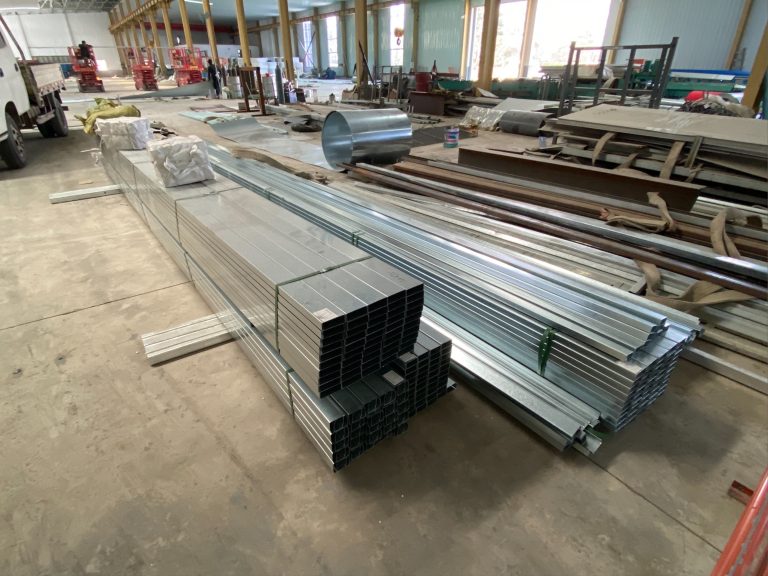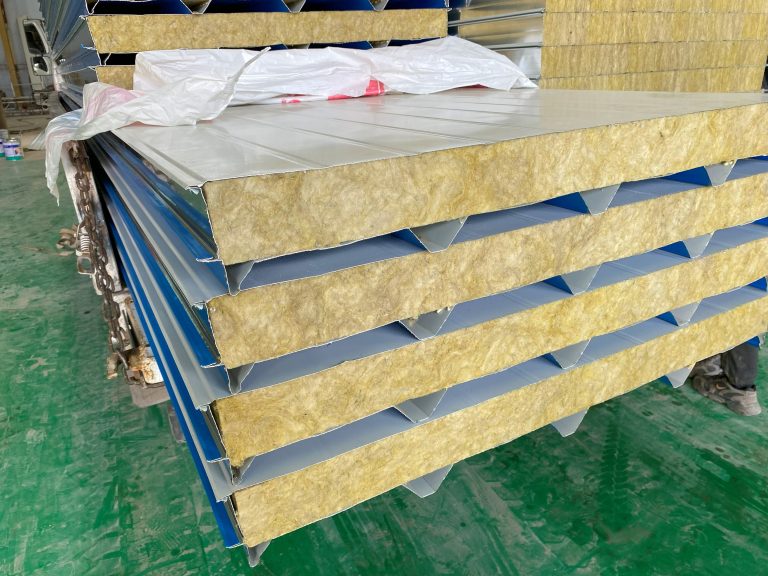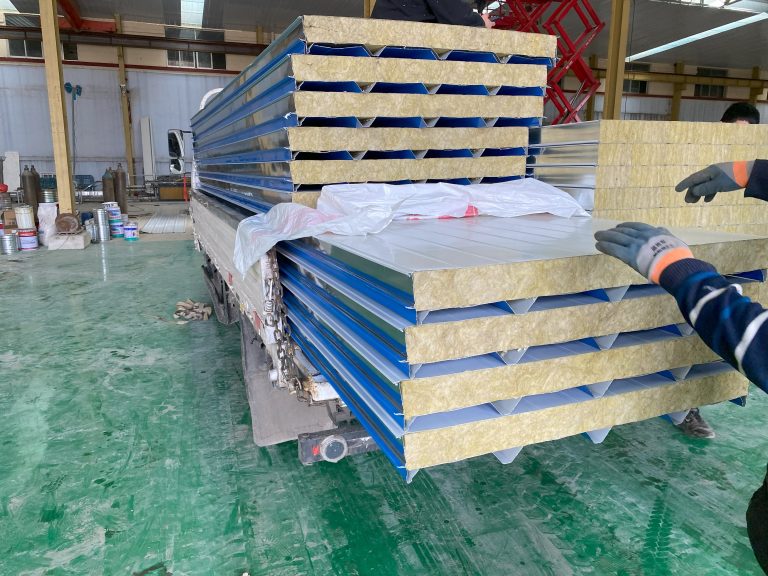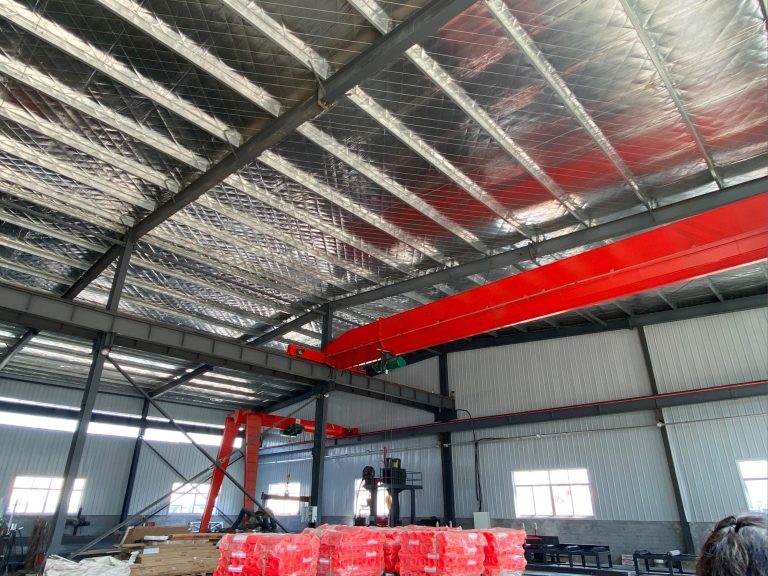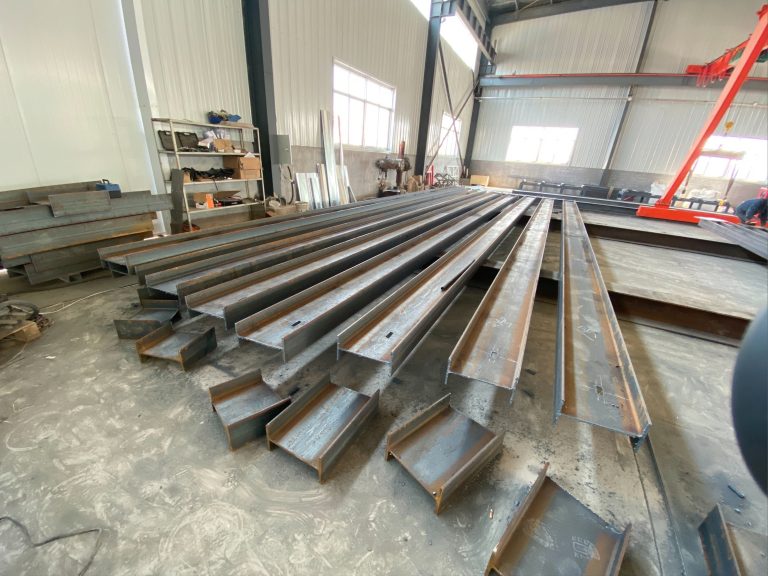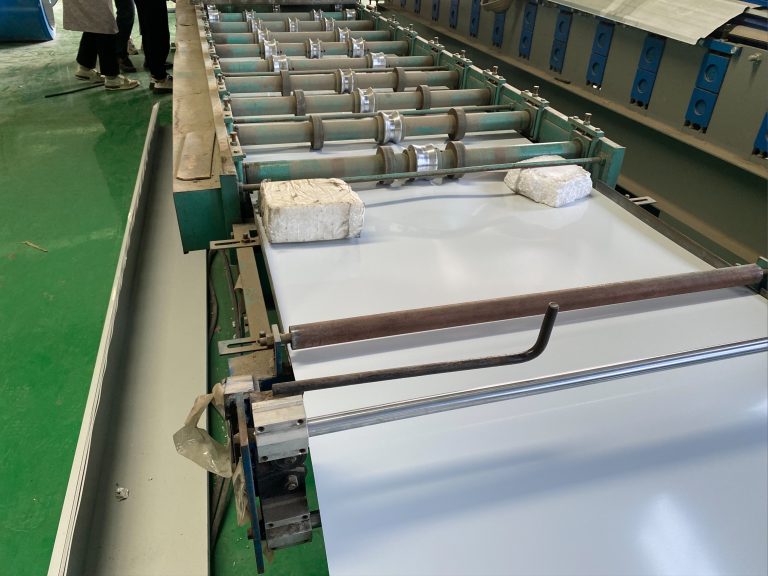Application of transforming container house into mobile library in remote area
Table of Contents
Benefits of Using Container Houses as Mobile Libraries in Remote Areas
In remote areas where access to traditional libraries is limited, transforming container houses into mobile libraries can provide a valuable resource for communities. These mobile libraries offer a range of benefits that can help bridge the gap in educational and recreational opportunities for residents in these underserved areas.
One of the key advantages of using container houses as mobile libraries is their versatility and mobility. These structures can be easily transported to remote locations, making it possible to bring books and other educational materials directly to communities that may not have easy access to traditional libraries. This flexibility allows for greater outreach and ensures that more people have the opportunity to benefit from the resources available in the mobile library.
Additionally, container houses are relatively inexpensive to acquire and convert into mobile libraries, making them a cost-effective solution for providing library services in remote areas. This affordability means that limited resources can be stretched further, allowing for the creation of multiple mobile libraries to serve a larger number of communities. By repurposing containers that may otherwise go unused, these mobile libraries also contribute to sustainable practices and reduce waste.
Another benefit of using container houses as mobile libraries is their durability and security. These structures are designed to withstand harsh weather conditions and provide a safe and secure environment for books and other materials. This ensures that the resources in the mobile library are protected from damage and theft, allowing for long-term use and sustainability.
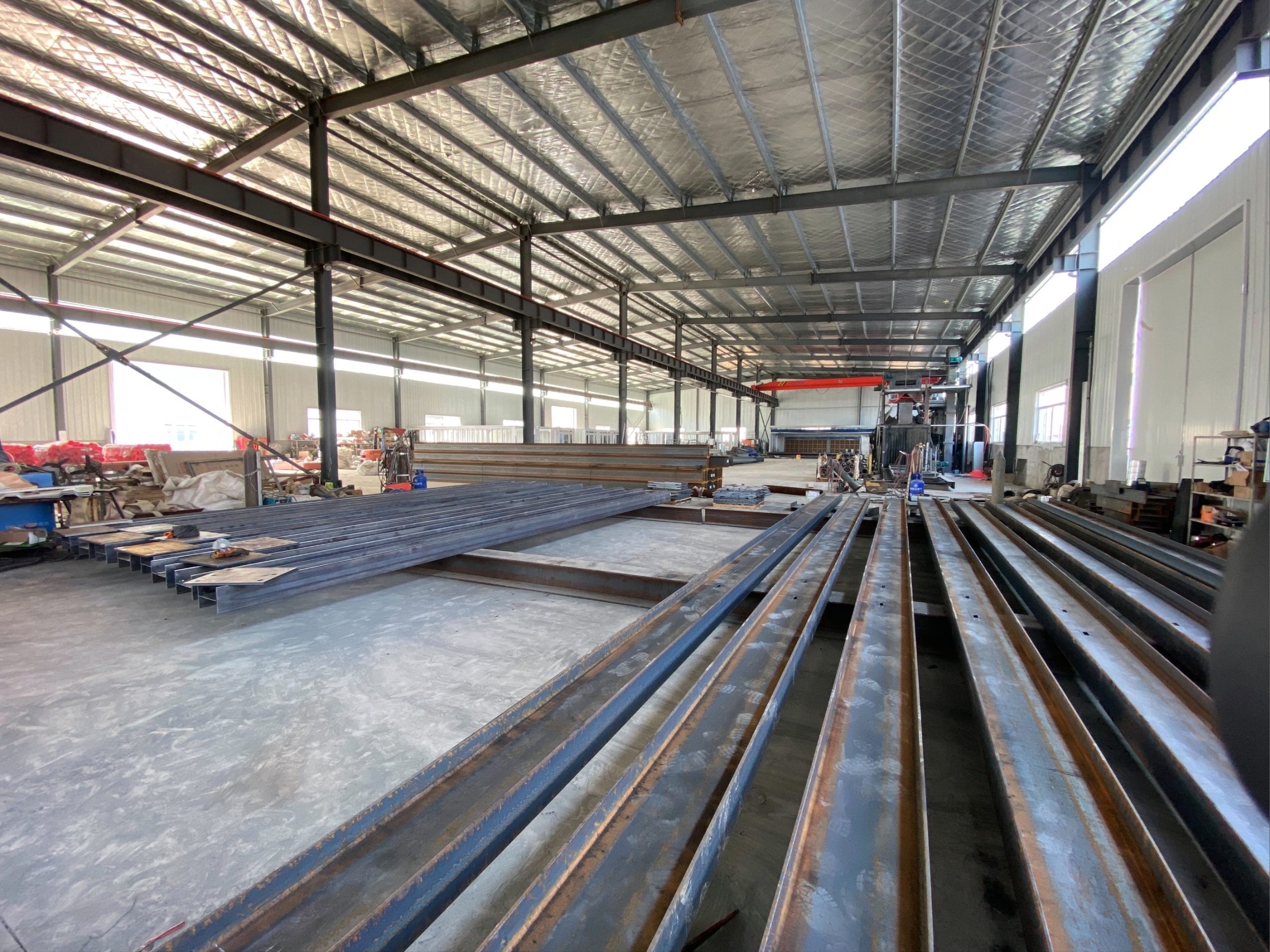
Furthermore, the design of container houses can be easily customized to create a welcoming and functional space for library users. With proper insulation, lighting, and ventilation, these structures can provide a comfortable environment for reading and learning. The layout of the interior can be optimized to maximize space and storage for books, computers, and other resources, making it easy for visitors to browse and access materials.
In addition to providing access to books and educational materials, mobile libraries housed in container houses can also serve as community hubs for social and cultural activities. These spaces can be used for hosting events, workshops, and programs that promote literacy, creativity, and community engagement. By bringing people together in a shared space, mobile libraries can help foster a sense of belonging and connection among residents in remote areas.
Overall, the application of transforming container houses into mobile libraries in remote areas offers a practical and effective solution for expanding access to educational resources and promoting literacy. These mobile libraries provide a range of benefits, including versatility, affordability, durability, security, and customization. By leveraging the unique features of container houses, communities can create mobile libraries that meet the specific needs of their residents and contribute to the overall well-being and development of the community.
Design and Implementation of a Mobile Library Using a Transforming Container House
In remote areas where access to traditional libraries is limited, innovative solutions are needed to bring educational resources to underserved communities. One such solution is the transformation of a container house into a mobile library. This creative approach not only provides a space for books and learning materials but also offers a unique and engaging way to promote literacy and education.
The design and implementation of a mobile library using a transforming container house require careful planning and consideration of various factors. The first step in this process is to select a suitable container that can be easily transported and converted into a functional library space. The container should be sturdy, weatherproof, and large enough to accommodate shelves, seating areas, and other necessary amenities.
Once a container has been chosen, the next step is to design the layout and interior of the mobile library. This involves determining the placement of shelves, seating areas, and other features to maximize space and create a welcoming environment for visitors. The design should also take into account the need for natural light, ventilation, and accessibility for people of all ages and abilities.
In addition to the physical design of the mobile library, careful consideration must be given to the selection and organization of books and other learning materials. The collection should be diverse, inclusive, and relevant to the needs and interests of the community it serves. It should also be regularly updated and maintained to ensure that visitors have access to a wide range of resources.
The implementation of a mobile library using a transforming container house involves not only the design and construction of the space but also the logistics of transportation, setup, and operation. This may require collaboration with local authorities, community organizations, and other stakeholders to secure permits, funding, and support for the project.
Once the mobile library is up and running, it is important to promote it within the community and encourage people to visit and use its resources. This can be done through outreach events, partnerships with schools and community centers, and other marketing efforts. It is also important to gather feedback from visitors and stakeholders to continuously improve and adapt the mobile library to meet the changing needs of the community.
In conclusion, the application of transforming a container house into a mobile library in a remote area is a creative and effective way to promote literacy and education. By carefully designing and implementing a mobile library that is accessible, inclusive, and engaging, communities can benefit from increased access to books and learning materials. With the right planning, collaboration, and promotion, a mobile library using a transforming container house can make a positive impact on the lives of people in underserved areas.

